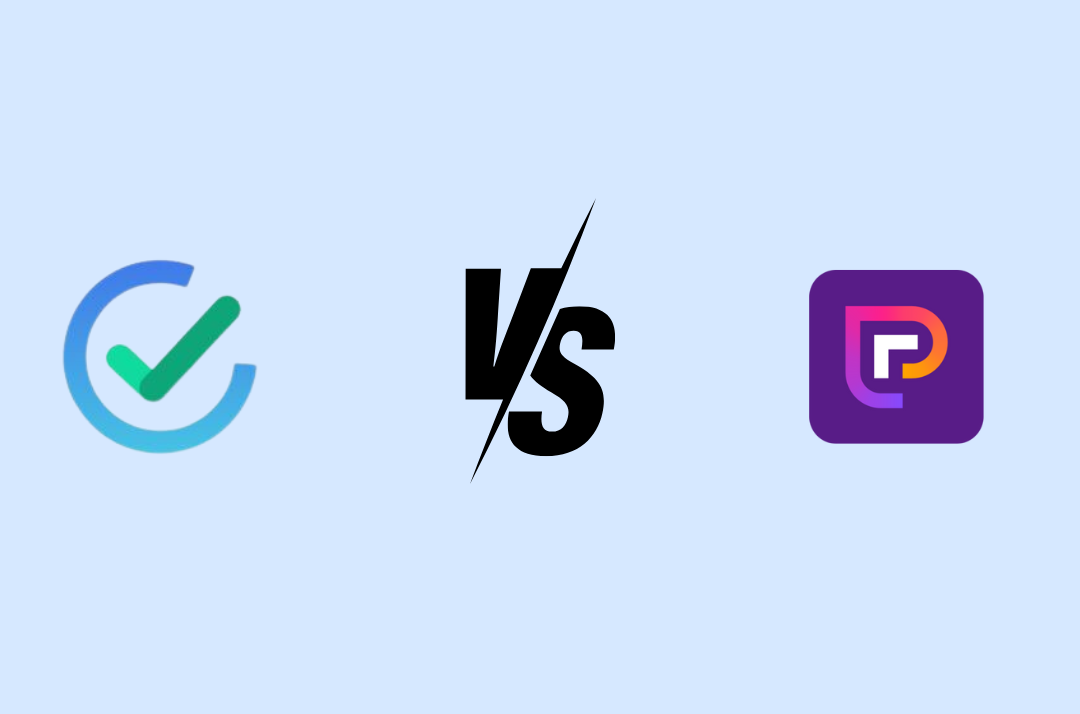
Implementation of project management tools is increasing by various organizations worldwide. The project management software market was valued at USD 5.37 billion in 2020 and is estimated to reach USD 9.81 billion by 2026 at a growth rate of 10.67% over the forecast period (2021 – 2026). Despite the project management software market witnessing healthy growth, its adoption rates are still on the lower side. Only 25% of companies use it in any capacity. The reason could be a lack of awareness regarding the benefits associated with these powerful AI tools. In this article, we will highlight some of the benefits your business could gain through these tools and compare two of them: Redmineflux and Project.co.
There are many benefits to using a project management tool, including:
- Improved organization and transparency: Project management tools allow teams to track tasks, deadlines, and progress in a central location, which can help everyone stay organized and on track.
- Better communication and collaboration: Project management tools often include collaboration features such as discussion forums and document sharing, which can improve communication among team members.
- Increased efficiency: By streamlining the project planning and tracking process, project management tools can help teams work more efficiently and get more done in less time.
- Reduced risk of errors: Project management tools can help teams identify and address potential issues before they become problems, reducing the risk of errors or delays.
- Enhanced visibility: Project management tools provide a clear view of the entire project, including tasks, deadlines, and progress, which can help stakeholders understand the status of the project and make informed decisions.
Redmineflux vs. Project.co
Project.co
Project.co is an easy-to-use project management tool that aims to reduce the gap between you and your clients. The tool empowers the user with extensive features and ensures complete visibility of your work underpinning the decisions you take. Project.co scores major wins when it comes to establishing amicable relations with clients which is their main area of focus thus enhancing transparency about the work in progress and status of the project.
This cloud-based project management tool helps teams plan, track, and collaborate on projects in real-time. It includes features such as project planning, task management, and team communication. Project.co also offers integrations with popular tools such as Google Drive, Slack, and Trello.
Some of the key features of Project.co include:
- Project planning: Project.co allows teams to create and manage project plans, including breaking down complex projects into smaller tasks and setting deadlines for each task.
- Task management: Teams can assign tasks to team members, track the progress of each task, and view the status of all tasks in one place.
- Team communication: Project.co provides a platform for team members to communicate and collaborate in real-time through features such as chat and comment threads.
- Integrations: Project.co offers integrations with popular tools such as Google Drive, Slack, and Trello, which can help teams streamline their workflows and improve productivity.
Overall, Project.co is a powerful tool that can help teams plan, track, and collaborate on projects more effectively and efficiently. Its range of features and integrations make it a valuable resource for businesses looking to improve their project management processes.
Redmineflux
Redmineflux developed over the Open-source tool Redmine.org overcomes the shortcomings of the latter by introducing features in the form of productivity plugins. The tool is completely customizable and highly scalable allowing users to modify the tool as per the changing demands. The tool aims to serve start-ups, SMBs, and mid-level organizations with project management capabilities at an affordable price range.
One can leverage the offerings of Redmineflux through self as well as cloud hosting allowing users to either access complete control over the tool or pay and acquire the help of tech experts from the team. There are multiple themes with customizing options to design your brand as per your needs and add features that ease the workflow of your organization.
From interactive Gantt charts to Agile boards the tool specifies clear and concise information about the project making teams and decision-makers aware of the status of the project. Teams can establish seamless collaboration by assigning tasks, adding comments, and tagging people. Thus everyone related to the project stays in the loop.
Platforms Supported
Redmineflux is available as an open-source tool that can be installed on a local server or a cloud-based platform. This means that users have the option to host Redmineflux on their own servers, which allows them to have complete control over the software and the data it handles. On the other hand, Project.co is a cloud-based tool that is not available for on-premise installation.This can be a convenient option for businesses that do not have the technical resources or expertise to host and maintain a project management tool on their own servers.
User Friendliness
It is important for teams to use tools that are easy to learn and use, as this can help improve productivity and reduce the time and resources needed for training. Redmineflux is known for being a user-friendly and intuitive tool, with a straightforward interface and clear navigation. This can make it easier for new users to get up to speed with the software and start using it effectively. On the other hand, Project.co may require some additional training for new users, as it has a more complex interface with more features and functionality. While this can make the tool more powerful and flexible, it can also make it more time-consuming to use, especially when compared to simpler tools like Redmineflux.
Scalability
Both Redmineflux and Project.co are designed to help organizations manage their projects more effectively and efficiently. Redmineflux is particularly well-suited for small to mid-sized organizations, as it offers a range of basic project management features at an affordable price. Its scalability also makes it a good option for organizations that may need to expand their project management capabilities as their business grows.
Project.co is also suitable for organizations of all sizes, including teams, agencies, and businesses. It offers a range of features and functionality that can help teams and organizations collaborate and manage their projects more effectively.
Gantt Charts
Redmine’s interactive Gantt charts can be particularly useful for teams looking to estimate the time needed for tasks and prioritize work based on deadlines and available resources.
Project.co also offers a range of view options, including lists, calendars, Scheduler, and Kanban views. These views can help teams track the progress of tasks and projects and understand the overall status of their work. However, as you mentioned, there may be scope for improvement in the view options offered by Project.co, depending on the specific needs and preferences of the team.
Conclusion
Project management tools help teams plan, track, and organize their work. These tools often include features such as task assignment, project scheduling, resource allocation, and collaboration tools. They can help teams stay organized and on track, and can improve communication and collaboration among team members. In this article, we compared two such tools Redmineflux and Project.co highlighting their core competencies and major differences between the two. Both tools offer multiple management capabilities in their respective manners but the ultimate choice depends upon the specific business needs. Thus one needs to prioritize their requirements and look for tools that suit them best.









